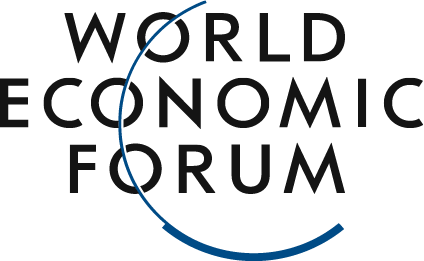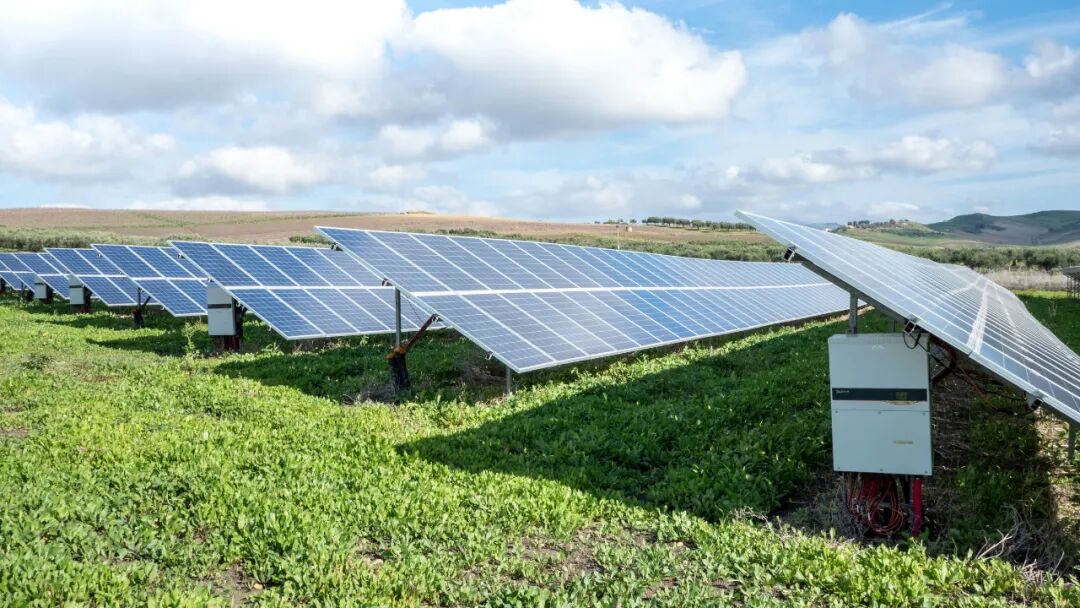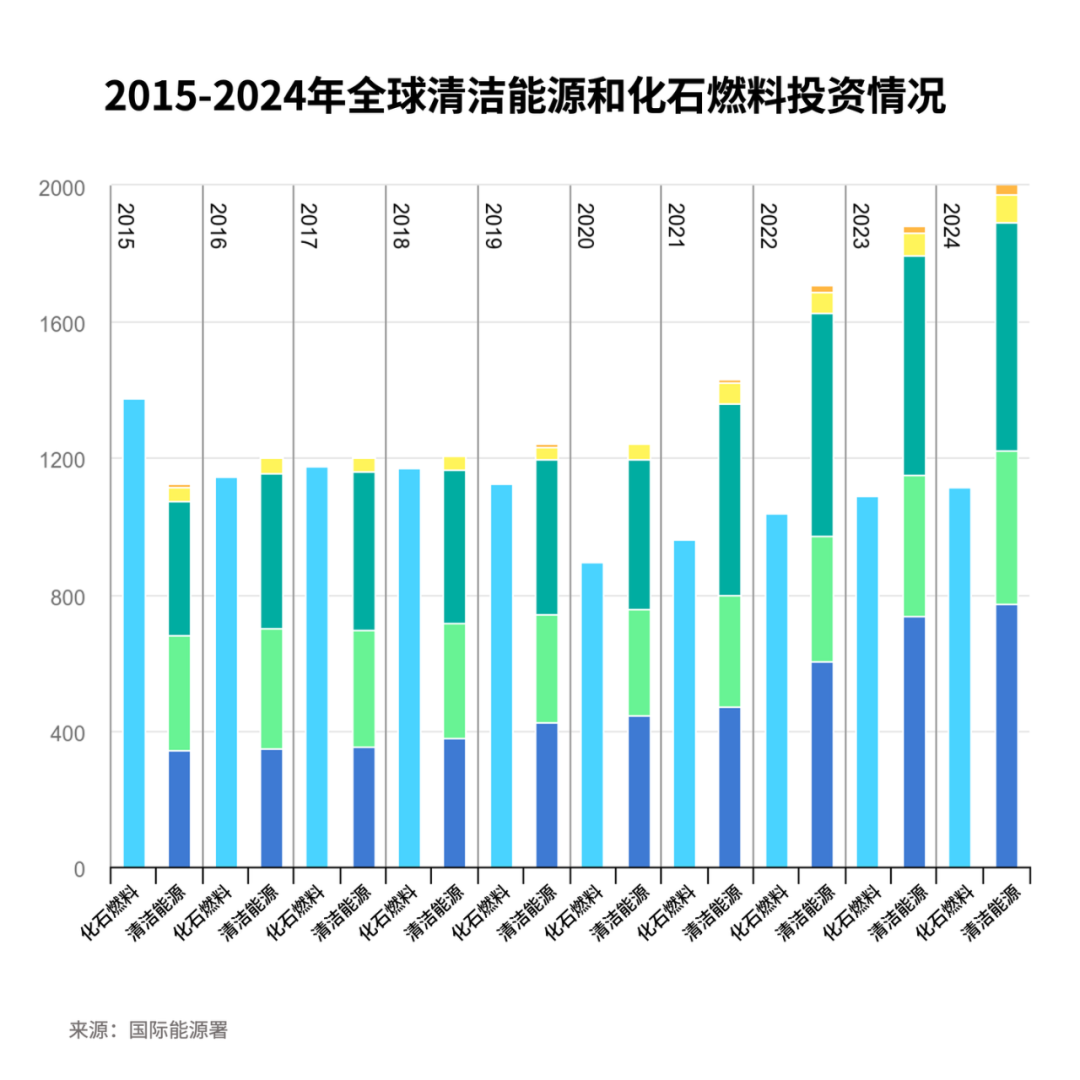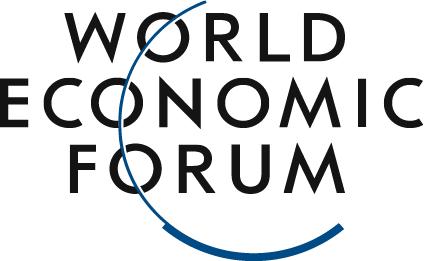Home/News/Four Key Trends Shaping Clean Energy Technology Development in 2025/
Four Key Trends Shaping Clean Energy Technology Development in 2025
2025-02-22
:Unsplash/Sungrow EMEA
Maciej Kolaczkowski
Debmalya Sen
2015-2024
:
As a result, artificial intelligence and data centers will become key drivers of growing electricity demand.This isn’t just about electricity consumption—it’s also about time and location. Data centers require a reliable, stable power supply around the clock, posing a significant challenge to the industry’s emissions reduction goals. As a result, stakeholders will race to identify and secure data center sites with ample, clean, and dependable large-scale energy sources.In the large-scale tech industry, investments in advanced nuclear energy solutions—from small modular reactors to nuclear fusion—have been steadily increasing over the past year. However, these promising technologies won't begin delivering energy until the 2030s.Given the pressing demand, the industry will further deploy currently available solutions in 2025, such as energy storage, clean hydrogen, wind power, and solar energy.3. The Turning Point for Nuclear EnergyOver the past one to two years, public attitudes toward nuclear energy have undergone a significant shift. Today, at the societal level, many activists and pragmatists have reached a consensus: nuclear energy is an indispensable component of the energy transition.Driven by artificial intelligence, population growth, and economic expansion, energy demand in the economy is surging rapidly. On a technological level, small modular reactors and nuclear fusion offer cutting-edge solutions. This is creating significant momentum for growth, and many are already talking about a nuclear energy renaissance.However, from skills and regulations to financing, many factors need to fall into place—yet the industry continues to grapple with many of its longstanding challenges. By 2025, we’ll see governments and industry stepping up efforts to accelerate the nuclear energy revival in "established" nuclear power nations like France and the U.S., as well as in emerging countries such as Poland.4. Continuously focus on R&D and innovationThe clean energy sector has been continuously innovating and is set to accelerate even further by 2025.This trend is reflected in increased investments in energy research and development, as well as higher public budgets. These funds are aimed at enhancing technical specifications and efficiency, reducing costs, accelerating the maturation of emerging technologies, and fostering the development of next-generation innovations.Over the past few decades, mature technologies such as solar photovoltaics and wind turbines have already undergone this evolutionary process. Meanwhile, emerging technologies like batteries, electrolyzers, and carbon management solutions each follow their own unique paths of innovation—but their development is now more urgent and accelerating at a faster pace.Advanced Energy SolutionsThe World Economic Forum supports comprehensive energy solutions, including energy storage, advanced nuclear power, clean fuels, hydrogen energy, and carbon removal technologies. We cannot rely on a single technology to address the energy transition—it requires a combination of diverse solutions.Different regions, industries, and companies will develop their own strategies, but they must work together collaboratively to seek mutual cooperation.Platforms like the World Economic Forum’s Advanced Energy Solutions Community are helping to accelerate collaboration and reduce the time required to deploy cutting-edge technologies—from decades to just a few years. These technologies include energy storage, clean fuels, hydrogen, advanced nuclear power, and carbon removal, among others.This community brings together industry leaders driving cutting-edge advancements in energy systems, shaping the vision and narrative for the advanced energy solutions sector. It also fosters collaboration among innovators, major energy companies, energy users, and investors, while providing informed support for policymaking.
The above content solely represents the author's personal views.This article is translated from the World Economic Forum's Agenda blog; the Chinese version is for reference only.Feel free to share this in your WeChat Moments; please leave a comment at the end of the article or on our official account if you’d like to republish.
Translated by: Di Chenjing | Edited by: Wang Can
The World Economic Forum is an independent and neutral platform dedicated to bringing together diverse perspectives to discuss critical global, regional, and industry-specific issues.
Follow us on Weibo, WeChat Video Channels, Douyin, and Xiaohongshu!
"World Economic Forum"






